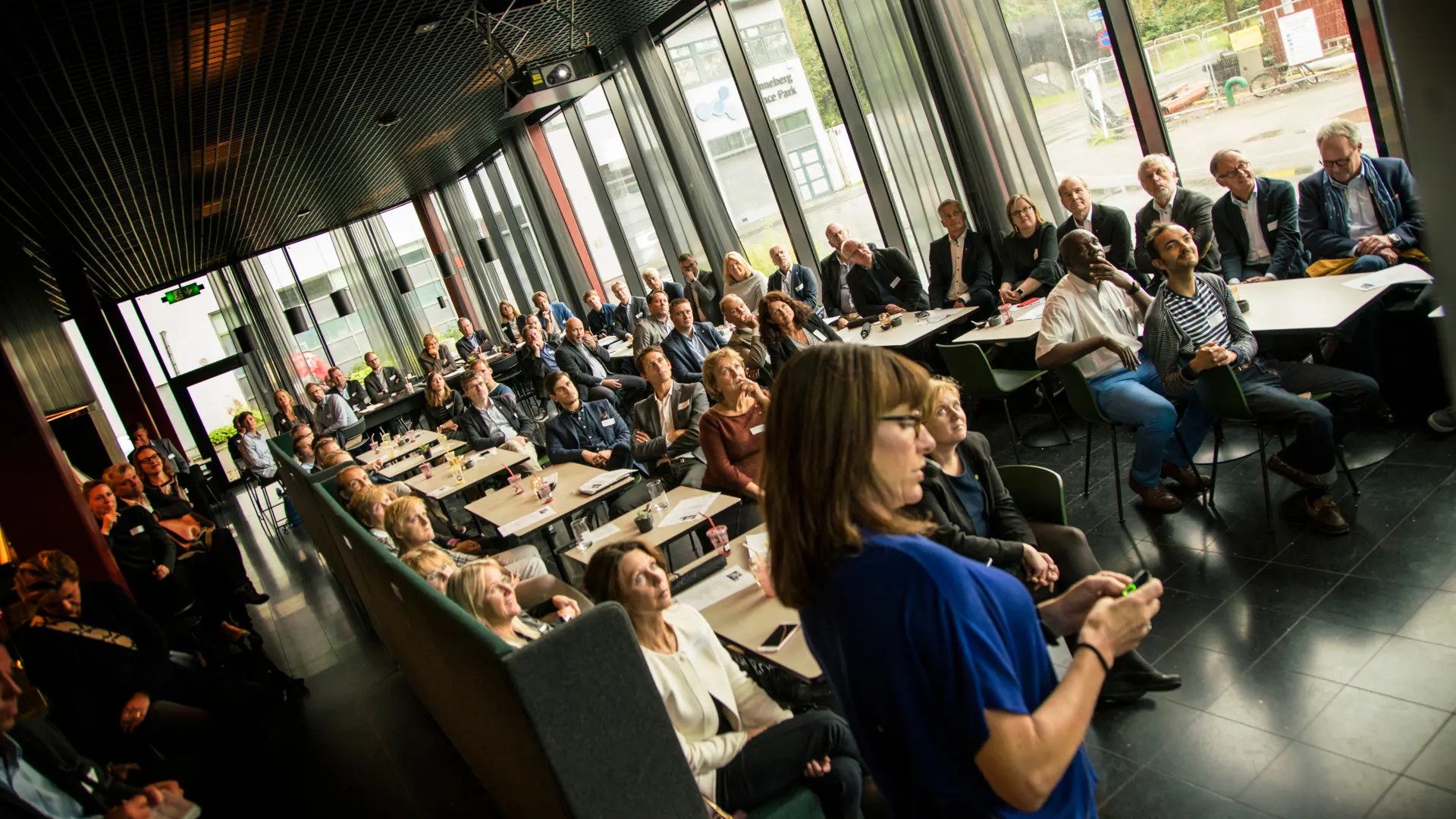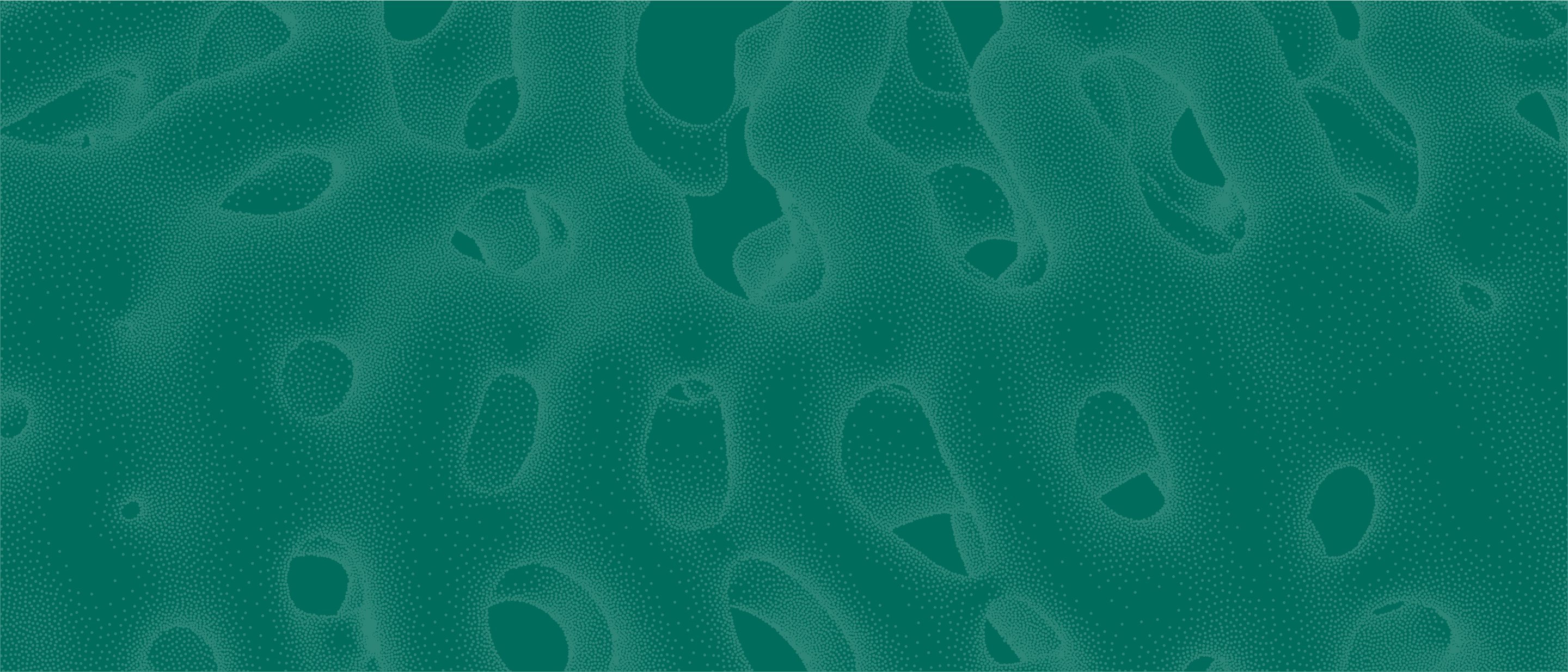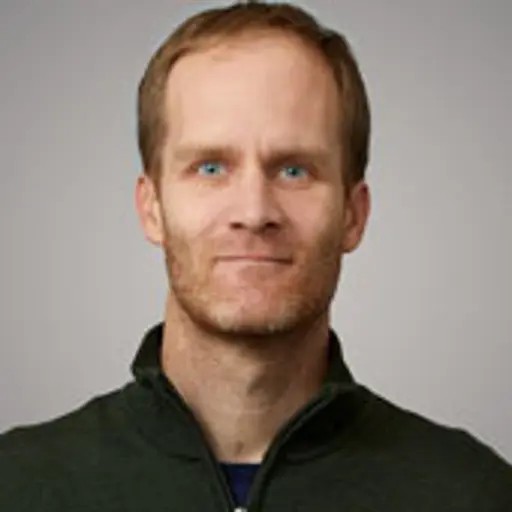
Chalmers not only stands for excellence in research and education, we also create meeting places for academia, society and industry. In close cooperation, we establish the conditions for sustainable development, both locally and globally.
It is not enough to simply train competent engineers and architects and achieve good research results. We must also stimulate entrepreneurs and develop ideas in order for society and enterprise to grow. Chalmers has an innovation system that helps researchers to discover opportunities for development within their own research, convert ideas into business and take care of patents and other immaterial rights. Strategic cooperation agreements strengthen ties to our industrial partners. We also want to help decision makers by providing reliable and easy-to-grasp data in order to facilitate the change to a sustainable society.
The Department of Architecture and Civil Engineering's collaboration partners are found in the public sector, in the rest of academia, companies and organizations nationally and internationally.
Pointsketch 2D
PointSketch2D is a program developed at Chalmers, aimed at providing a better understanding of the structural behaviour of two dimensional trusses. The core of the program is a computational engine capable of analysing most aspects of a two-dimensional trusses. A Graphical User Interface (GUI) acts as a layer between the user and the computational engine. The GUI is designed to be as intuitive as possible in order to provide a possibility for the user to freely experiment with the parameters that determine the structural behaviour of trusses.

Centres and infrastructures
The activities within the various centres, infrastructures and other collaboration platforms connected to the department, constitute important areas for collaboration in research and education, which creates great benefit for society.

Labs and environments
We conduct extensive experimental activities and our research and teaching labs are a prerequisite for the work in many of our research projects as well as in teaching.

